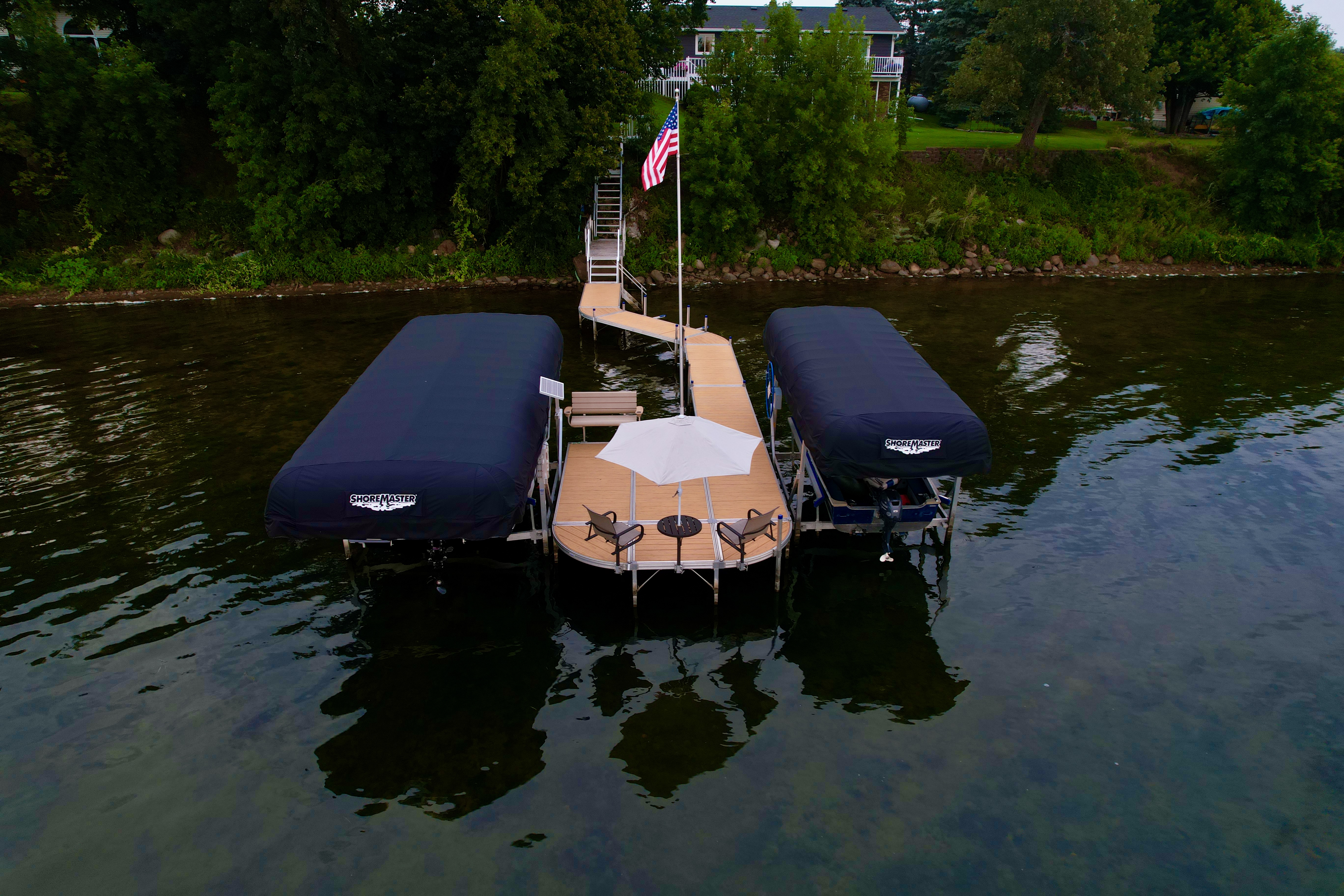Everything You Need to Know About Boat Lift Hurricane Preparation: How to Tie Boat to Lift for Hurricane
Hurricane season can be an emotional rollercoaster for boat owners, with anxiety over potential damage to vessels and their financial implications causing significant stress. While moving the boat inland into a dry storage facility is always the best safety precaution, unfortunately, doing the same for the lift isn’t always possible. Below, we discuss the primary considerations and provide essential tips and techniques for preparing your boat lift for hurricane season.



